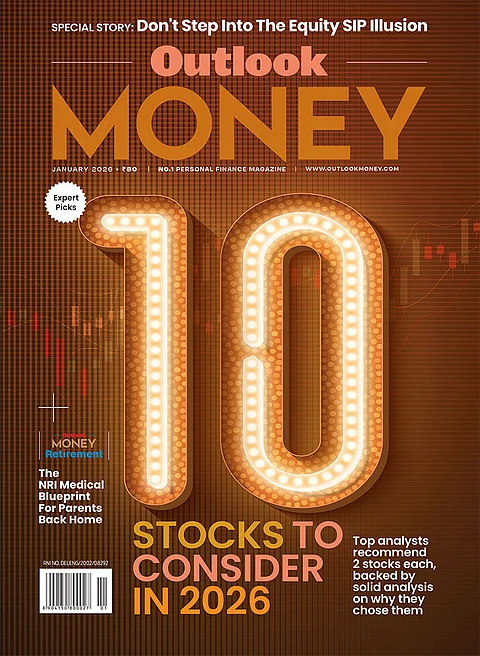Retirement marks a significant shift from accumulating wealth to utilizing it efficiently. This is known as the distribution phase, requires a well-structured approach to ensure that savings last throughout retirement while maintaining financial stability. This stage requires a change in financial mindset—shifting focus from growing wealth to preserving and systematically withdrawing it to meet daily expenses while ensuring long-term sustainability.
Carefully Creating a Withdrawal Plan
A structured withdrawal strategy ensures savings last while providing steady income. The 4% rule suggests withdrawing 4% annually, adjusted for inflation, for financial sustainability over 25–30 years, though personalization is key. Retirees should first rely on stable income sources like pensions, annuities, rental income, SWPs from mutual funds, fixed deposits, and senior citizen savings schemes before dipping into investments. Diversifying income streams reduces risk, and a tax-efficient withdrawal sequence further enhances financial stability.
Balanced Expense Management
A well-planned budget helps retirees sustain their desired lifestyle without financial stress.
Separating Essential and Discretionary Expenses:
Essential Expenses: Housing, utilities, groceries, healthcare, and insurance.
Discretionary Expenses: Travel, hobbies, entertainment, and luxury purchases.
Adjusting Budgets as Priorities Shift: As retirees age, spending patterns change. Initially, they may spend more on travel and leisure, while later years may demand higher healthcare expenses.
Important Points to Consider
Health & Estate Planning: Adequate health insurance and a medical fund prevent savings depletion. Estate planning ensures smooth wealth transfer—update wills, assign power of attorney for financial and healthcare decisions, and regularly update nominees in financial instruments to avoid legal hassles.
Adjusting Investments for Retirement: Even in retirement, investments should be aligned with financial needs and risk appetite. A portion of the portfolio should remain in growth assets (e.g., mutual funds) to combat inflation, while another portion should be in liquid instruments (e.g., fixed deposits, liquid funds) to cover short-term needs. A conservative asset allocation strategy can protect against market volatility while generating stable income.
Mutual funds play a crucial role in ensuring financial stability post-retirement. In the early years, retirees can use liquid funds and low-risk debt funds to cover immediate expenses while keeping capital secure. For medium-term cash flow, hybrid mutual funds provide a balance of stability and growth.
To sustain wealth in later years, equity mutual funds—allocated based on risk tolerance—help combat inflation and enhance long-term financial security. This structured approach, aligned with MF Sahi Hai, ensures retirees maintain liquidity, generate regular income, and grow their corpus efficiently throughout retirement while managing risk effectively.
Disclaimer
An Investor education and Awareness initiative of Aditya Birla Sun Life Mutual Fund
All investors have to go through a one-time KYC (Know Your Customer) process. Investors to invest only with SEBI registered Mutual Funds. For further information on KYC, list of SEBI registered Mutual Funds and redressal of complaints including details about SEBI SCORES portal, visit link : https://mutualfund.adityabirlacapital.com/Investor-Education/education/kyc-and-redressal for further details.
Mutual Fund investments are subject to market risks, read all scheme related documents carefully.
The Views are Personal and not a part of the Outlook Money Editorial Feature













